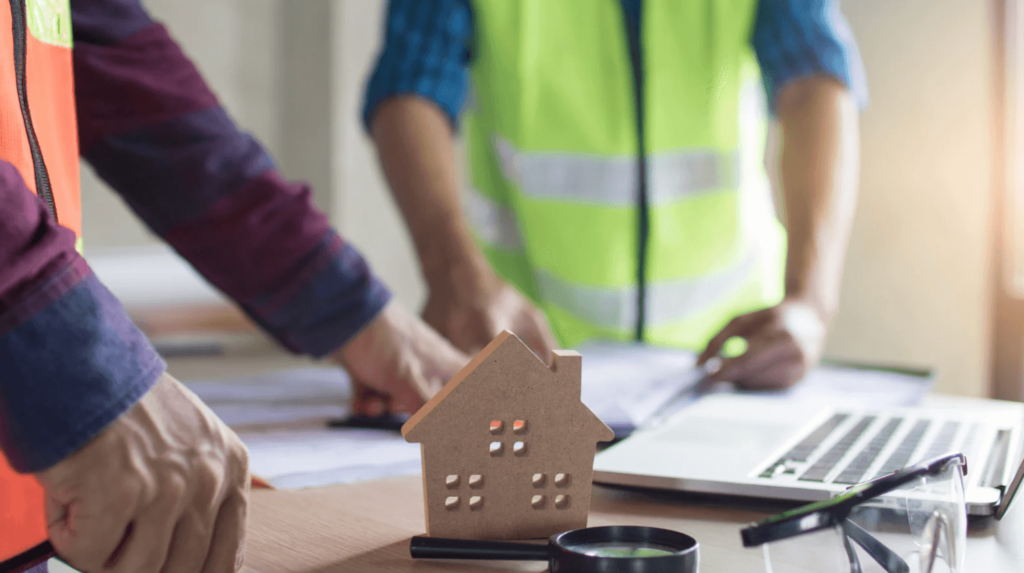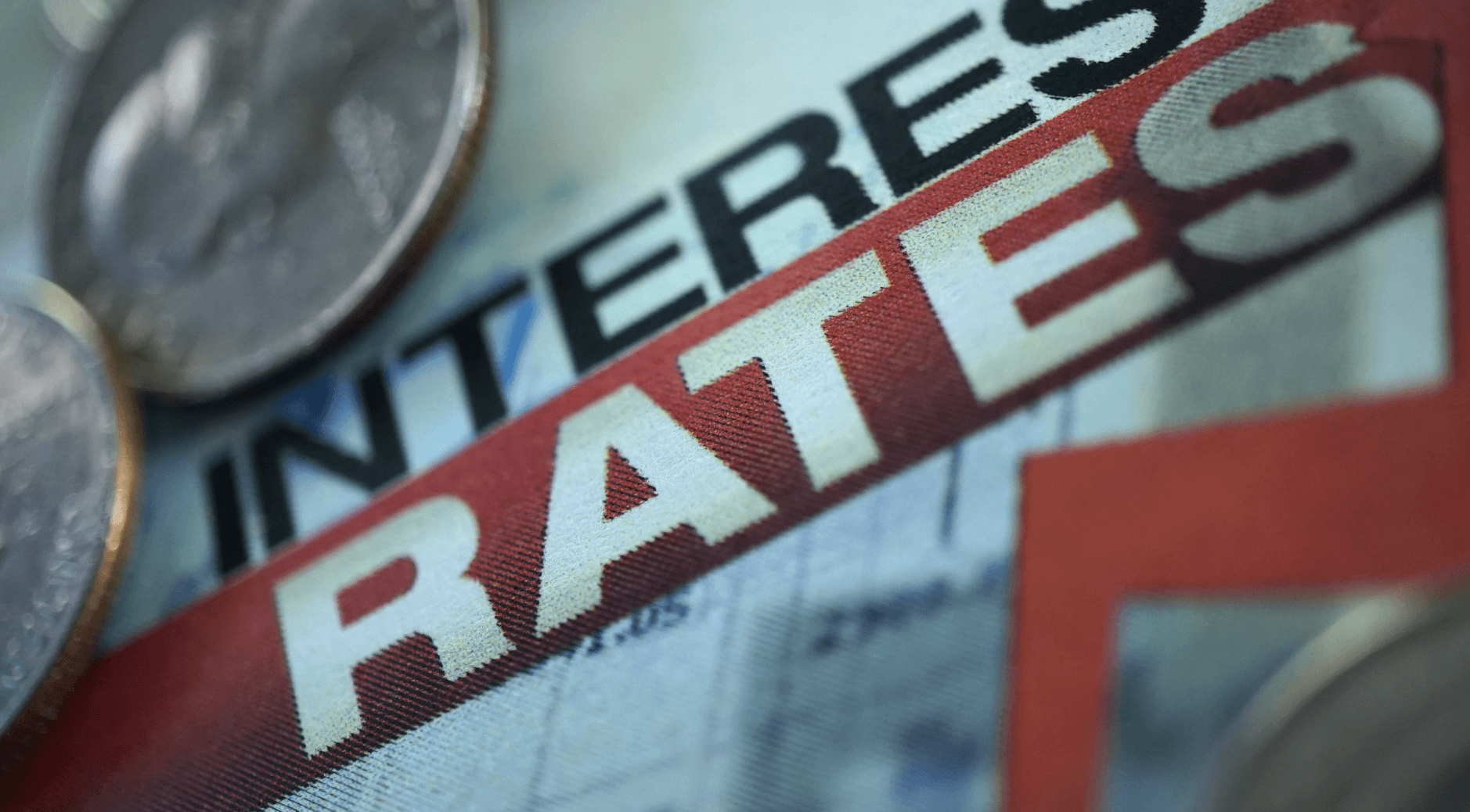How Much On Average Does It Cost to Build a House in 2024?

Ever wanted to build a house of your own? Constructing a home is a major financial commitment, and careful planning is essential to execute it successfully. Understanding the costs of building a house is crucial for making informed decisions. In 2024, the construction cost landscape in Australia was shaped by ongoing economic factors such as inflation, supply chain issues, and evolving construction trends.
This comprehensive guide will explore the average costs of building a house in 2024, taking into account various influencing factors, regional differences, and hidden expenses that prospective homeowners should consider.
Factors Influencing the Cost to Build a House
Location: The Impact of Urban vs. Regional Builds
When building a home, its location is one of the most critical factors affecting costs. In metropolitan areas like Sydney, Melbourne, and Brisbane, higher living costs drive up the prices of land, labour, and materials. For example, building a home in Sydney can be 20-30% more expensive than building in regional NSW due to the demand for skilled trades and the competitive property market.
In contrast, regional areas offer more affordable land and lower labour costs. However, the distance from major supply hubs means that transportation costs will increase, affecting the budget.
Case Study: If someone wants to build a 250-square-metre home in a Sydney suburb, it could cost around $1.1 million, including land and luxury finishes, while the same home in a regional area might cost $750,000.
Size, Layout, and Customisation
The size of the home directly impacts the overall cost, as larger homes require more material, labour, and time. However, the design and layout can also play a crucial role. For instance, a two-storey home often costs more per square metre than a single-storey home due to additional structural requirements and complexity.
Another layer that adds up to the expenses is customisation. A custom-designed home with unique architectural elements such as high ceilings and premium finishes will automatically cost more than a home built from a standard project home plan offered by builders. Modern customisation can add up to 20-30% of the total build cost. If you’re looking for ways to increase the value of your property, check out our Home Renovation Tips for Property Investors to Boost Value.
Popular Trends in 2024: With the increase in remote work, builders are focusing on creating homes with flexible spaces like multipurpose rooms. This flexibility can increase costs but adds long-term value to the home.
Material Costs: What’s Trending and Why It Matters
Material prices have been volatile over the past few years, and 2024 is no exception. Materials like timber and steel have seen price rises due to global supply chain issues and local demand. Consequently, many builders and homeowners are looking for alternative materials, such as lightweight steel frames and recycled timber, which may offer better value depending on the region.
Sustainability Costs:
Sustainable materials like recycled concrete, bamboo flooring, and energy-efficient windows have become popular among builders. It may add up to 5-10% additional costs in materials, but these materials can offer long-term savings through increased property value and lower energy bills. High-quality materials also reduce maintenance and repair costs.
This approach appeals to buyers living in areas with stricter building codes around energy efficiency, like Victoria and New South Wales.
Labour Costs: Skilled Labour Shortages and Their Impact
Labour costs in 2024 are still high, especially for carpentry, plumbing, and electrical work. There is a shortage of skilled workers, partly due to past border closures, which have caused wages to increase. In cities, these skilled tradesmen often charge between $60-$90 per hour, while in regional areas, rates might be slightly lower, around $50-$70 per hour.
Labourers usually charge around 30-40% of the total cost of building a house.
To cope with the worker shortage, many builders use prefabricated parts that can be put together faster on-site. While this saves time, it can add extra costs for transporting and setting up these components.
Approval and Permit Fees: Navigating Regulatory Requirements
Approval and permit fees are necessary parts of the home-building process in Australia. These include development applications, building permits, and environmental assessments, which vary depending on the nature of the land and local council.
Building in Bushfire or Flood-Prone Areas:
If the house’s location is in a bushfire-prone or flood-risk area, additional assessments and structural requirements may apply, increasing the cost by 5-15%.
If the property land is located near protected areas or historic sites, special heritage or environmental considerations might come into play. This could require specific materials or construction methods, further increasing the cost.
Site Preparation and Earthworks
The cost of building a home also depends on the condition of the land. Factors like soil quality, slope, and existing vegetation determine the amount of work and money needed before construction can begin. For example, building on a sloping block may require additional foundation work, which can significantly increase the overall cost.
Average Costs for Site Preparation: Usually, land preparation costs between $15,000 and $40,000, depending on the land’s condition. Areas with challenging terrain or poor soil quality can expect preparation costs to exceed $60,000.
Breakdown of Average Costs in 2024
Land Costs: Variations Across States
- New South Wales: Land prices in Sydney can range from $1,200 to $2,500 per square metre, depending on the suburb. Regional NSW sees lower prices, around $400-$800 per square metre.
- Victoria: Melbourne’s inner suburbs are priced similarly to Sydney, while regional areas like Ballarat or Bendigo offer more affordable land options, ranging from $300-$700 per square metre.
- Queensland: Brisbane land prices average around $800-$1,500 per square metre, with coastal and regional areas like the Sunshine Coast being more affordable.
- Western Australia: Perth offers more competitive pricing, with land prices averaging $600-$1,000 per square metre, while remote northern areas see higher costs due to logistics.
Cost Per Square Metre: Standard vs. High-End Builds
- Basic Build: $2,200-$2,800 per square metre, ideal for first-time homeowners looking for simple, no-frills construction.
- Mid-Range Build: $2,800-$3,800 per square metre, including better finishes and some customised features like energy-efficient windows.
- Luxury Build: $4,000-$6,000+ per square metre, typically for completely custom-designed homes with high-quality materials and advanced technologies like smart home integration.
Specialised Costs to Consider
- Architectural Fees: Customised designs can cost up to 5-10% of the total construction cost but are essential for complex builds.
- Landscaping and Outdoor Areas: Adding a garden, decking, or pool can range from $15,000 to $70,000, depending on the scale and design.
- Sustainable Features: Solar panel installations can add around $5,000-$10,000 but can reduce energy costs in the long run.
Financing Options for Building a Home in 2024
Construction Loans: How They Work
Construction loans are affordable and flexible home loans. Interest is only charged on the funds drawn, and these loans are typically structured to release funds in stages. These stages are aligned with the building process, including payments for slab laying, frame installation, lock-up stage, and finishing.
Interest rates in 2024 are relatively high, so borrowers must understand the terms of their construction loan. Borrowers should compare rates and consult a trusted mortgage broker to secure the sharpest rate for their circumstances.
Grants and Incentives
Some states in Australia offer grants for new home builds, especially for first-time homeowners. For example, the First Home Owner Grant (FHOG) provides a lump sum payment to eligible applicants, which varies by state.
Sustainability Rebates: People who invest in energy-efficient home design may also qualify for rebates or incentives, such as solar panel rebates. These discounts can reduce the upfront costs of building and improve the home’s resale value.
Industry Trends Impacting Construction Costs in 2024
Modular and Prefabricated Homes
Anything that helps make a home faster and is cost-effective is highly beneficial for both builders and homeowners. These homes are known as modular homes, and they are becoming popular because this approach reduces on-site labour costs and minimises weather-related delays.
Prefabricated homes can offer savings; however, customisation options may be limited, and the transportation of large components can add to the cost. Despite these potential drawbacks, many homeowners find that the time and cost savings make modular homes an attractive choice, especially in a market where speed and budget are essential.
Increased Focus on Energy Efficiency
Using energy-efficient components in building homes has become popular among Australians. Although double-glazed windows and high-performance insulation may add 5-15% to the upfront costs, they can reduce utility bills in the long run.
Hidden Costs to Watch Out For
Interest Rate Changes During Construction
Completing the building of a home can take 6-12 months. During this time, interest rates can change, impacting repayments. So, if possible, a fixed-rate portion of the construction loan should be locked in.
Post-Build Costs: Furnishing and Moving
After completing the home, additional expenses such as moving, furnishing, and establishing the garden and outdoor space can add up quickly. Setting aside around $20,000 to $50,000 for these tasks can ensure a smooth transition.
Be Informed and Build Your New Home
Building a home in Australia in 2024 is a complex process, with many factors influencing the overall cost. Aspiring homeowners can make their dream home a reality by doing proper homework and carefully planning for unexpected expenses. While the average cost of building a standard home ranges from $440,000 to over $800,000, understanding the details of these expenses will help ensure a smoother, more cost-effective building experience.
Looking to Finance Your Dream Home? Let RateSeeker Help!
At Rateseeker, we’re experts in helping you secure the best home loan tailored to your unique needs. Whether you’re building your first home or upgrading to something new, our team of home loan strategists and advisers will guide you every step of the way. We’ll help you find competitive rates, maximise government incentives, and make the process as smooth as possible. Ready to get started? Contact us today for a free consultation! Contact us now to see how Rateseeker can make your dream home a reality.
** General Advice Warning
The information provided on this website is general in nature only and it does not take into account your personal needs or circumstances into consideration. Before acting on any advice, you should consider whether the information is appropriate to your needs and where appropriate, seek professional advice in relation to legal, financial, taxation, mortgage or other advice.




